In the vast expanse of the universe, there exists a class of particles so elusive and enigmatic that they have earned the moniker “ghost particles.” These are neutrinos—subatomic entities that, despite their abundance, remain among the most mysterious components of the cosmos.
What Are Neutrinos?
Neutrinos are elementary particles that belong to the lepton family, which also includes electrons, muons, and taus. They are produced in vast quantities during nuclear reactions, such as those occurring in the Sun’s core, in supernovae, and during the decay of radioactive elements. Remarkably, neutrinos interact so weakly with matter that they can pass through light-years of lead without being detected. This property makes them incredibly challenging to study, yet it also makes them invaluable messengers from the most extreme environments in the universe.
The Discovery of Neutrinos
The existence of neutrinos was first proposed in 1930 by physicist Wolfgang Pauli to account for missing energy in beta decay processes. However, it wasn’t until 1956 that neutrinos were experimentally detected by Clyde Cowan and Frederick Reines in a nuclear reactor experiment. This discovery confirmed Pauli’s hypothesis and opened a new window into the subatomic world.
Neutrino Oscillation and Mass
One of the most profound revelations about neutrinos came with the discovery of neutrino oscillation—the phenomenon where neutrinos switch between different “flavors” (electron, muon, and tau) as they travel through space. This behavior implies that neutrinos have mass, a property that was previously thought to be exclusive to other particles like quarks and electrons. The realization that neutrinos possess mass has significant implications for our understanding of particle physics and the universe’s evolution.
The Role of Neutrinos in the Universe
Neutrinos play a crucial role in several astrophysical processes. In the Sun, they are produced in vast numbers during nuclear fusion reactions, serving as a direct probe of the Sun’s interior. Similarly, during supernova explosions, neutrinos carry away a significant portion of the energy, influencing the dynamics of the explosion and the formation of elements.
Furthermore, neutrinos are thought to have played a pivotal role in the early universe’s evolution. The study of cosmic neutrinos can provide insights into the conditions that prevailed during the first moments after the Big Bang, helping scientists understand the formation of matter and the distribution of galaxies.
Challenges in Neutrino Detection
Detecting neutrinos is an arduous task due to their weak interaction with matter. To observe them, scientists construct massive detectors located deep underground or in ice sheets to shield them from cosmic radiation. These detectors are designed to capture the rare instances when a neutrino interacts with a nucleus, producing a faint flash of light or a small charge.
One such detector is the IceCube Neutrino Observatory, located at the South Pole. It consists of a cubic kilometer of ice embedded with thousands of sensors that can detect the Cherenkov radiation produced when neutrinos interact with the ice. Despite its size and sensitivity, IceCube detects only a handful of neutrino events each year, underscoring the challenges involved in studying these elusive particles.
The Future of Neutrino Research
The study of neutrinos is poised to advance with the development of more sensitive and larger detectors. Upcoming experiments aim to measure the absolute mass of neutrinos, determine the hierarchy of their masses, and explore their role in the matter-antimatter asymmetry of the universe.
Understanding neutrinos may also have practical applications. For instance, neutrino detectors could be used to monitor nuclear reactors or to detect supernovae in distant galaxies. Moreover, the study of neutrino interactions could lead to advancements in particle physics and our understanding of fundamental forces.
Conclusion
Neutrinos, with their ghostly nature and profound implications, continue to challenge and inspire physicists. As research progresses and detection techniques improve, these elusive particles may soon reveal more of their secrets, offering deeper insights into the workings of the universe and our place within it.

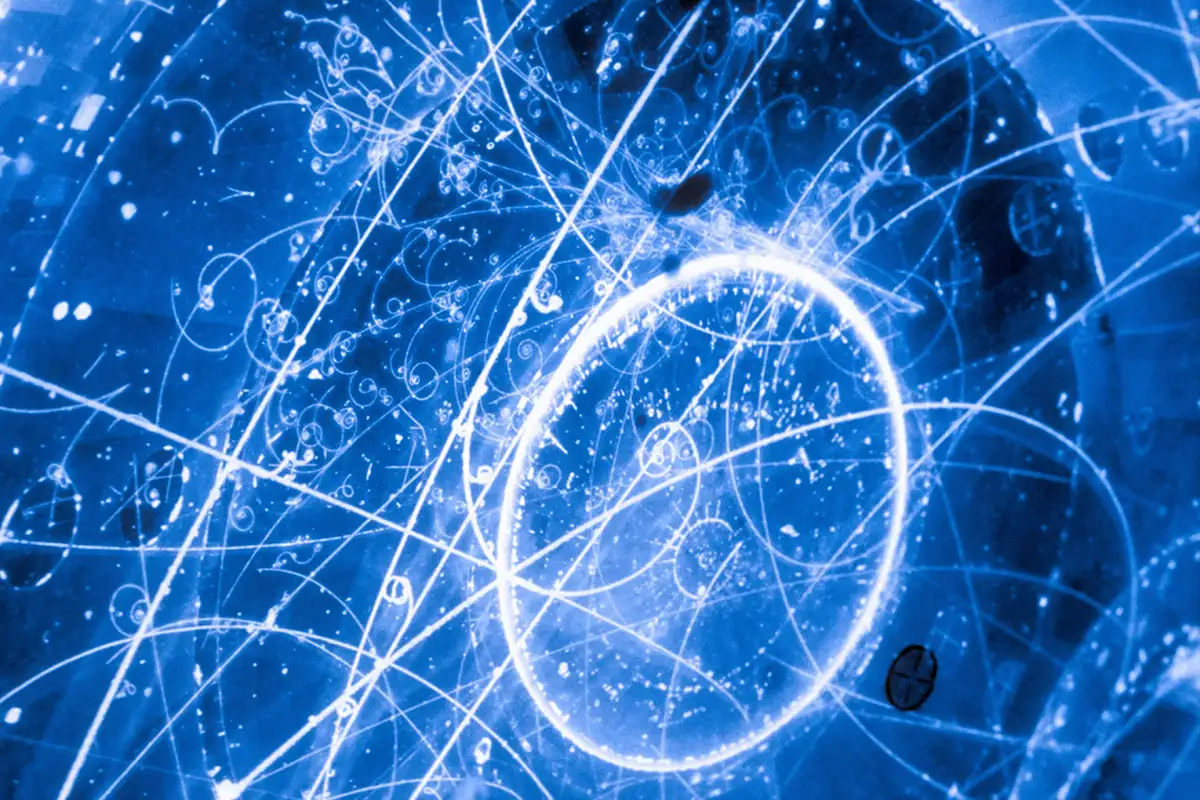


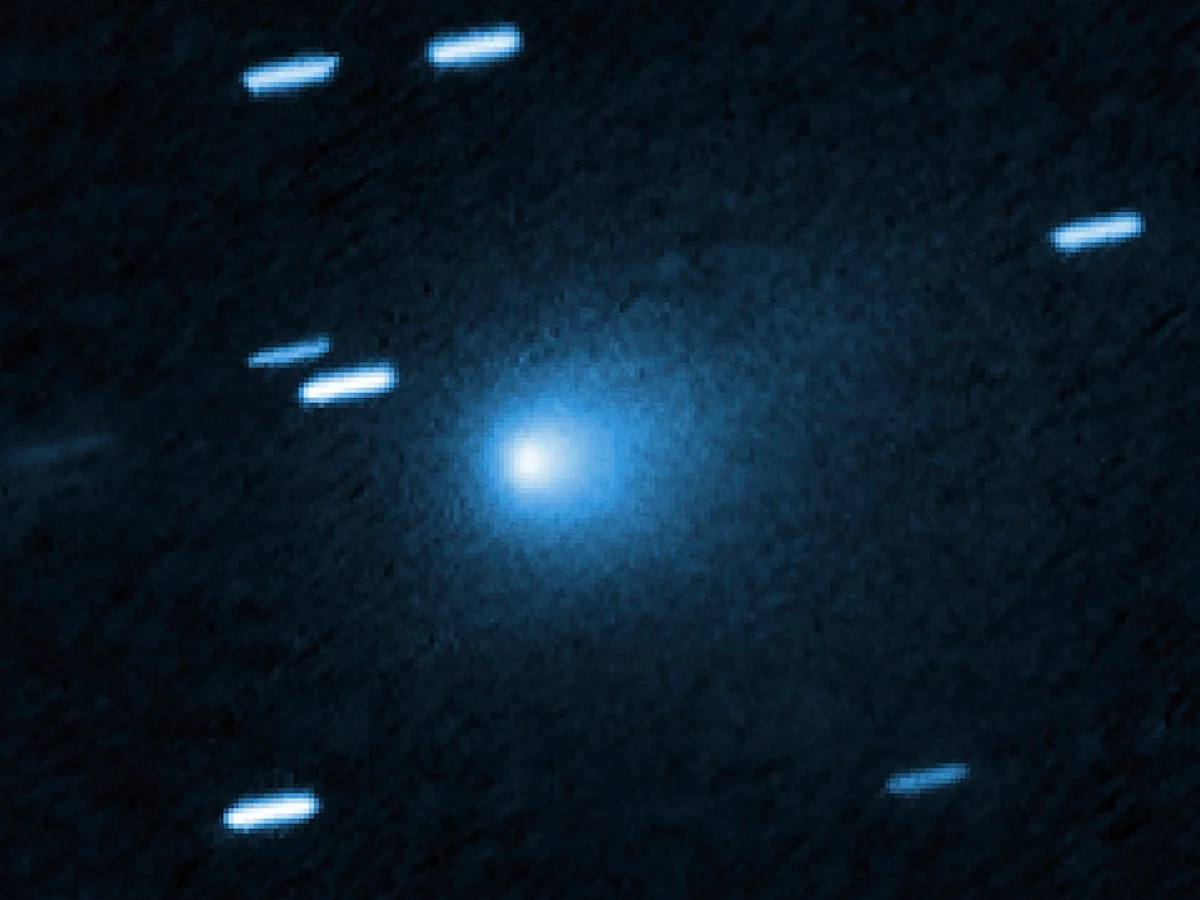

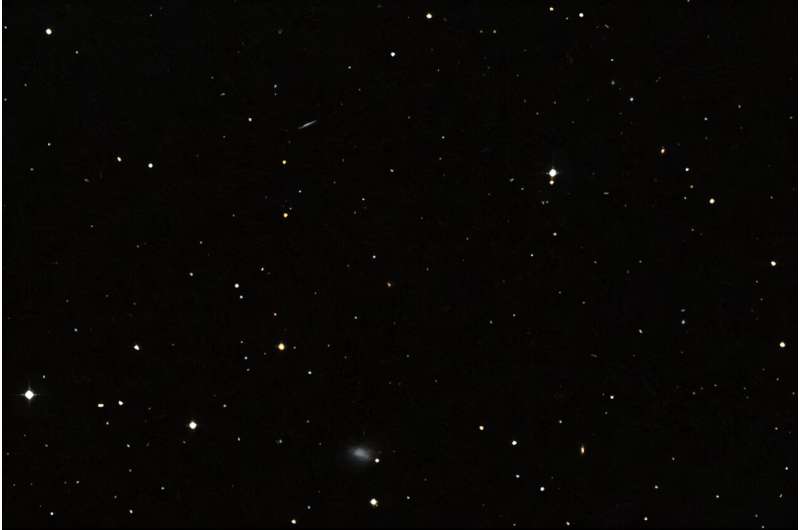
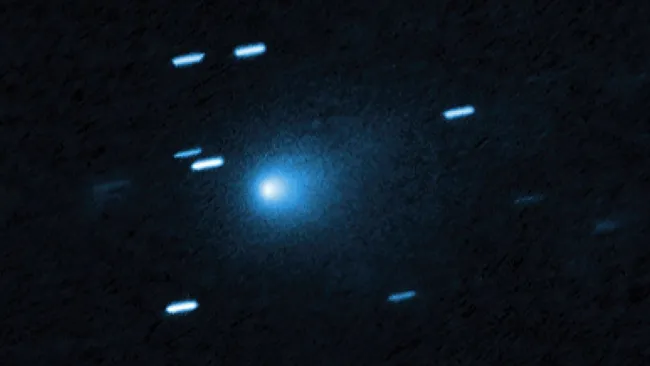


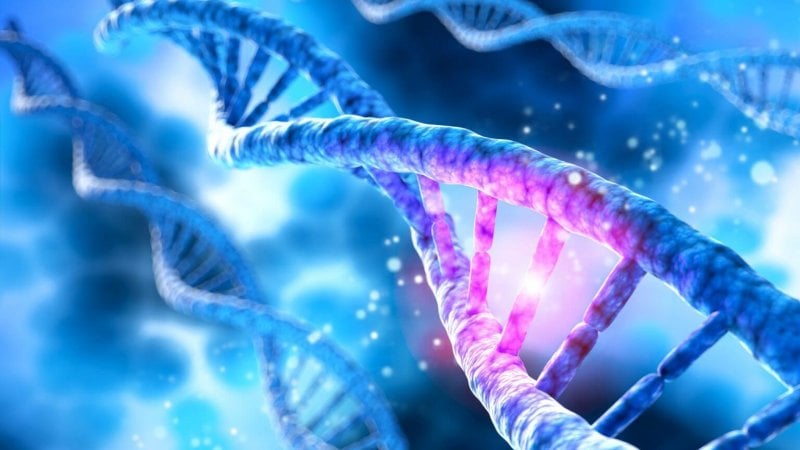
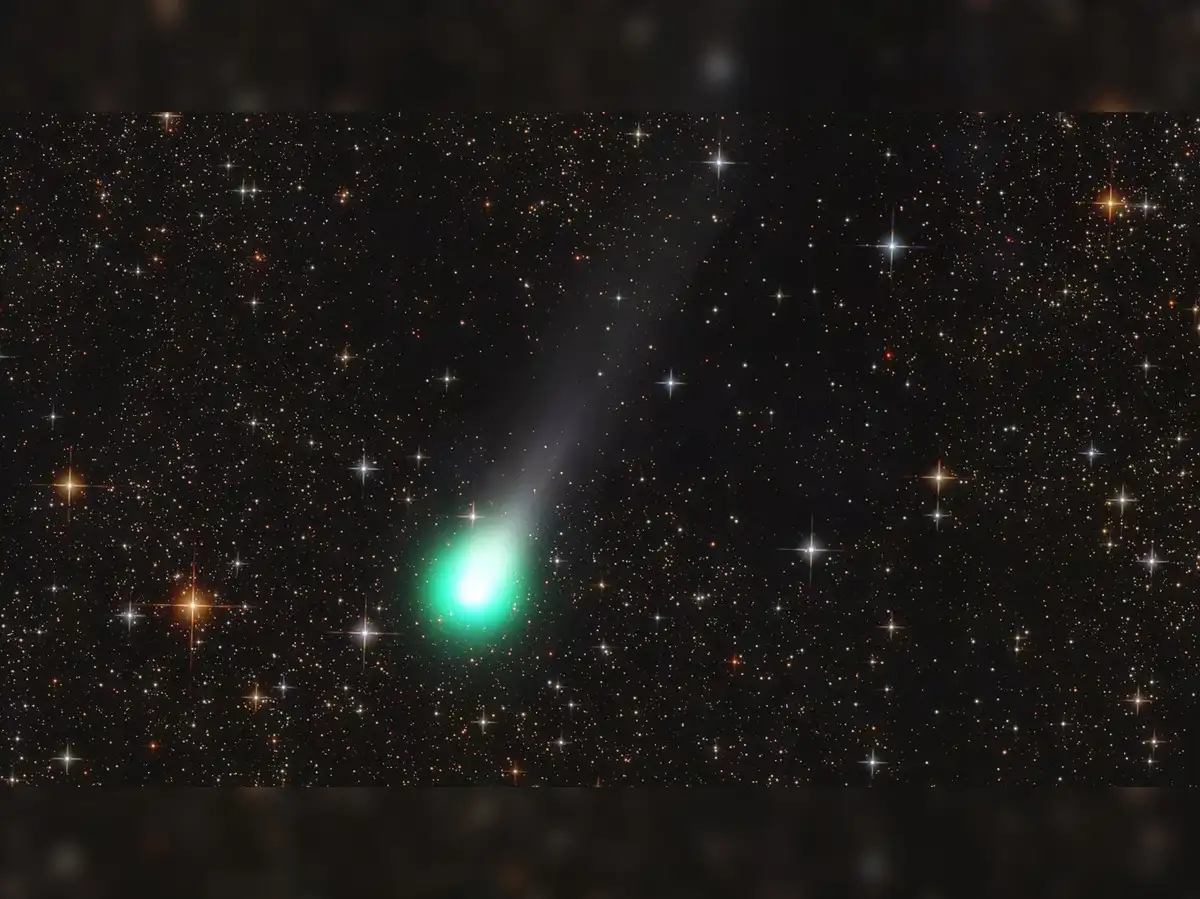




Leave a Reply